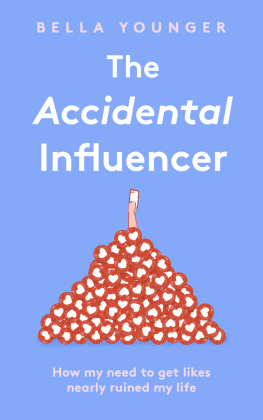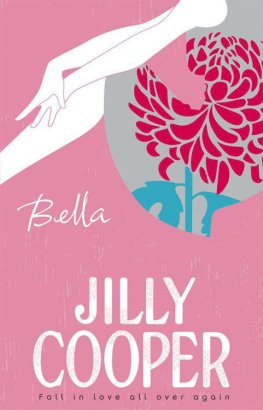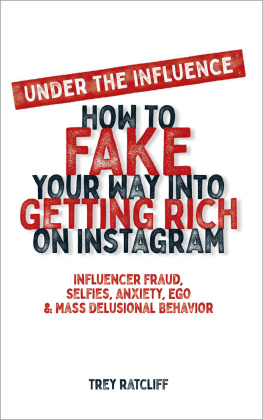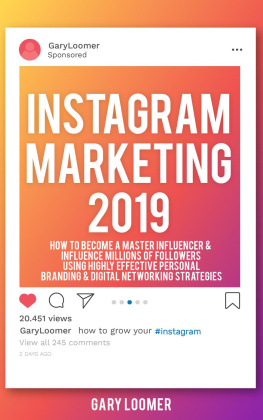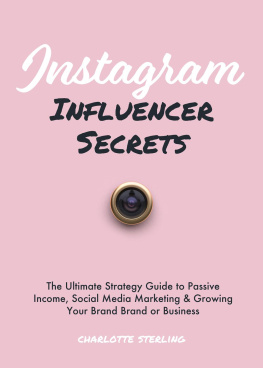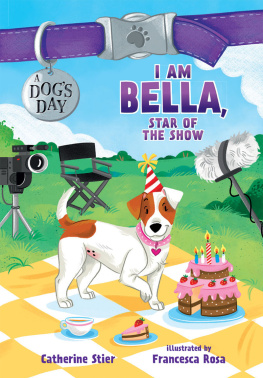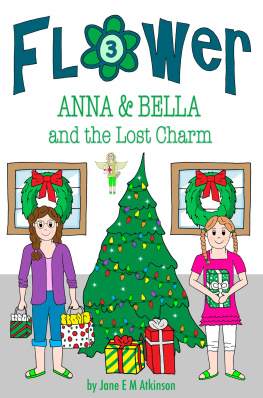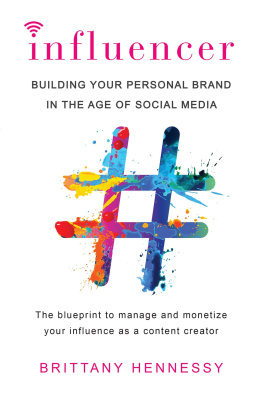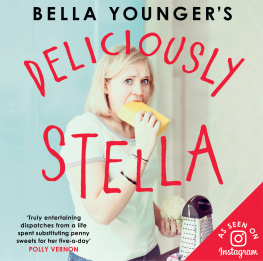HarperCollinsPublishers
1 London Bridge Street
London SE1 9GF
www.harpercollins.co.uk
HarperCollinsPublishers
1st Floor, Watermarque Building, Ringsend Road
Dublin 4, Ireland
First published by HarperCollinsPublishers 2021
FIRST EDITION
Bella Younger 2021
Cover layout design and illustration by Andrew Davis HarpercollinsPublishers Ltd 2021
A catalogue record of this book is available from the British Library
Bella Younger asserts the moral right to be identified as the author of this work
All rights reserved under International and Pan-American Copyright Conventions. By payment of the required fees, you have been granted the nonexclusive, non-transferable right to access and read the text of this e-book on screen. No part of this text may be reproduced, transmitted, downloaded, decompiled, reverse engineered, or stored in or introduced into any information storage retrieval system, in any form or by any means, whether electronic or mechanical, now known or hereinafter invented, without the express written permission of HarperCollins e-books.
Find out about HarperCollins and the environment at
www.harpercollins.co.uk/green
Source ISBN: 9780008402495
Ebook Edition May 2021 ISBN: 9780008402518
Version: 2021-03-11
This ebook contains the following accessibility features which, if supported by your device, can be accessed via your ereader/accessibility settings:
- Change of font size and line height
- Change of background and font colours
- Change of font
- Change justification
- Text to speech
- Page numbers taken from the following print edition: ISBN 9780008402495
For Francesca, aka the men in white coats.
I owe you a life.

In a 2019 study of two thousand 13- to 38-year-old Americans, over half of the respondents said they would become an influencer given the opportunity, and 86 per cent would post sponsored content (known as sponcon). I was one of the lucky few who got that chance, and Im going to tell you why I wouldnt do it again.
Although Id never describe myself as an influencer, for the purposes of this book I think its right to accept that I am or at least, I was. At my peak, I had almost 150,000 followers and still I acted like the influencer version of that girl who claims theyre not like other girls while doing everything that other girls do, including sponcon, personal appearances, gifted stays and press trips. I wanted to be the Instagram cool girl, the renegade who sat on the sidelines, satirising the people who really cared. But I really cared. I cared about Instagram a lot. And much like the cool girl who eats junk food while remaining a size eight, and who loves sports, farts essential oils and is a bit above gossiping, actually, the Instagram cool girl doesnt exist. I thought I could be an influencer without really being an influencer. I thought I could have lots of followers without needing followers. I thought I could monetise my account without selling out. I thought that I was different, that I wasnt like other girls. But I was, and thats why I had to stop.
Like a lot of women who grew up in the nineties and the noughties, I was led to believe that I needed to make myself smaller; I was too loud, too emotional, too angry, too big. I drank too much, told too many jokes, knew I was funnier than the boys.
By the time I reached my mid-twenties, Id had enough. Enough of being presented with new ways to control myself so I could be a nice girl. Enough of being denied opportunities because I didnt fit a specific mould. I was tired of waiting for someone to tell me I was funny. I saw social media as a fast-track to success, and for a while, it was.

Who was the original influencer? A cursory google assures me that it was Shakespeare, but it could also be Andy Warhol, Nancy Mitford, Princess Margaret or God. It seems ridiculous to compare the people we deem influencers today to people who are undoubtedly icons, but before you could fill your feed with identikit women in luxe athleisure, icons were influencers and they could make anything fly off the shelves.
The first ever #collab was in 1767 between Wedgwood and the Royal family. After Queen Charlotte gave them permission to name their tableware Queens Ware, their family business turned into a global enterprise, causing Kardashian levels of market domination. No wonder Meghan and Harry left the Royal family. They just wanted to put their faces on their own tea towels. Is that too much to ask?
As influence has evolved, so has the type of person taking advantage of it. Michael Jordans Nike collaboration was the Yeezy of his day. Elizabeth Hurleys contract with Este Lauder made her a vintage Kylie Jenner. Celebrity endorsement hasnt ended, but followers are slowly starting to eclipse the value of fame.
When I was at school, there wasnt a single girl who didnt want to be Sienna Miller. She was the face that launched a thousand coin belts and she represented everything I wished I was. Naturally beautiful, effortlessly stylish, going out with actual Jude Law.
Her influence was potent. Almost overnight my all-girls boarding school looked like a Boho episode of Black Mirror, where the school becomes populated by blonde, back-brushed clones with bad highlights, wearing fake UGGs, ratty gilets and comically enormous belts.
We could afford to become bargain-bin versions of her with our pocket money. She was the first celebrity who to me seemed within reach. I thought if I met her, wed definitely be friends. I made it my mission to emulate her casual je ne sais quois. Convinced I was only a gypsy skirt away from an I woke up like this nonchalance that could be bought in Portobello Market.
The less I look like Ive tried, the better, I told myself, before securing a gladiator belt around my pyjama bottoms and heading to the pub.
When binning said ratty gilet years later, my mother remembers that at least it was better than the Paris Hilton phase, during which I committed to a Miss Sixty mini-skirt so short it came with in-built denim knickers.
Teenage girls have always wanted to be just like their favourite celebrities, but without Instagram, we had to settle for scanning the pages of our favourite magazines. I favoured a combination of what I considered to be high and low literature in my adolescence. The high was Tatler and the low was Heat, ensuring I was drip-fed inspiration from all of my idols, American celebrities with DUIs and nineties It Girls with coke problems. At my school, girls taking politics A level were allowed a newspaper account to help them stay on top of current affairs. What they hadnt accounted for was that the newsagent didnt know the score, and along with the FT, we all signed ourselves up for an annual subscription to Heat, Now, Closer and Tatler.
Tara Palmer-Tomkinson, Lady Victoria Hervey, Paris Hilton and Tara Reid were, to me, the original influencers. I would have cut off my hand to go on a night out with these bottle-blonde legends. They were famous for being famous and they gave no fucks. They were privileged and problematic but nobody cared because they looked like so much fun. They told us you could be famous for being gorgeous and a laugh. When I get my braces off and stop looking like Heath Ledger, I thought, I am going to be an It Girl.

